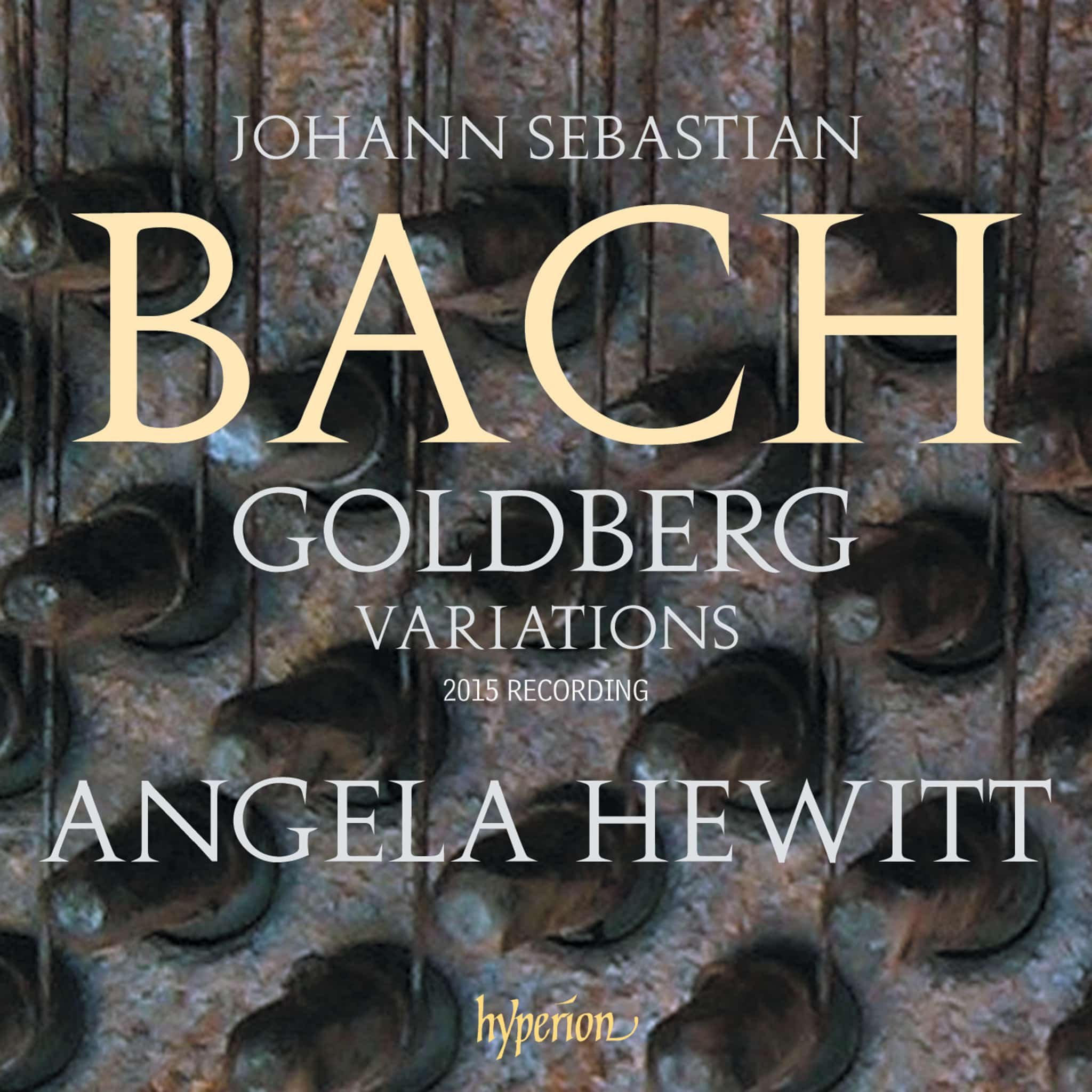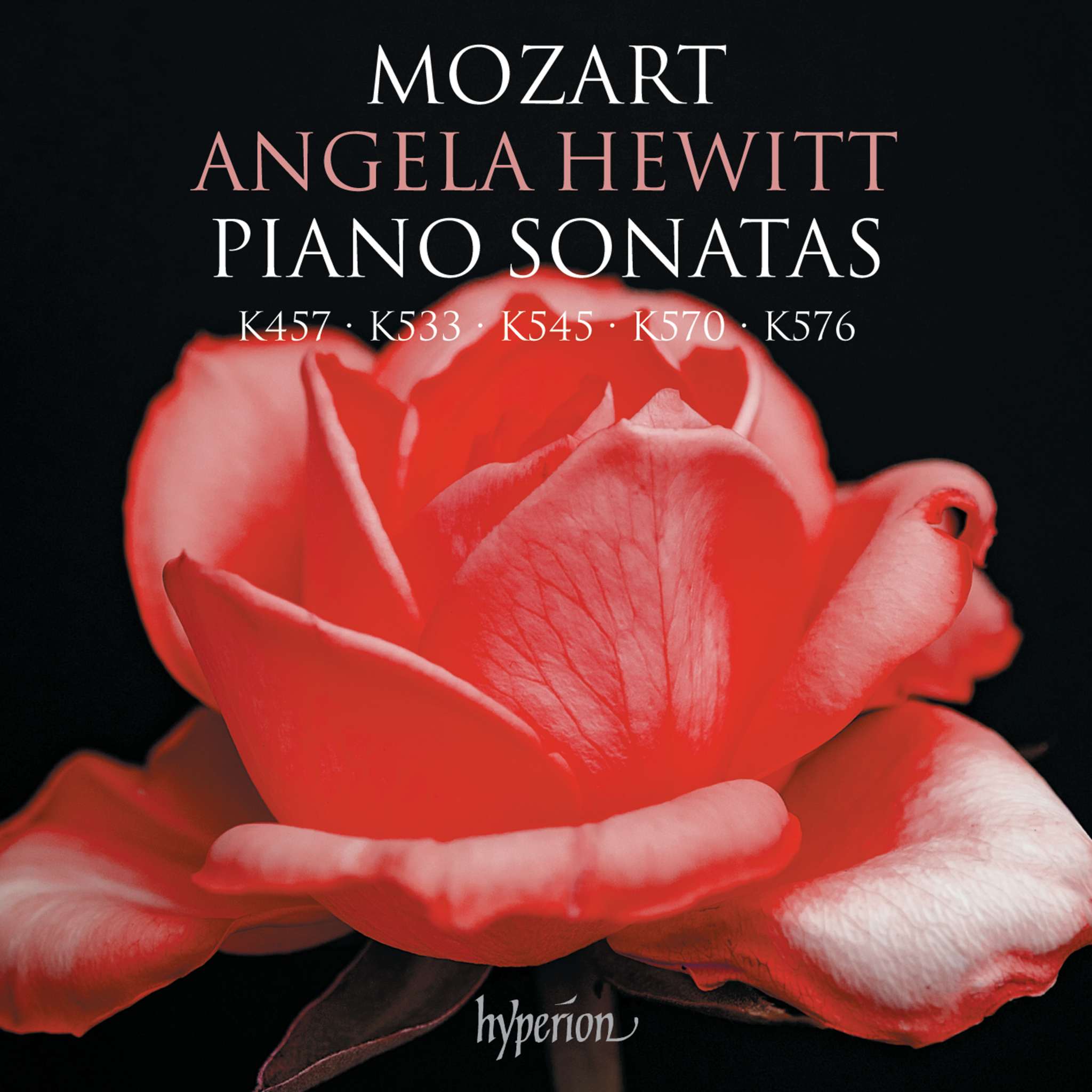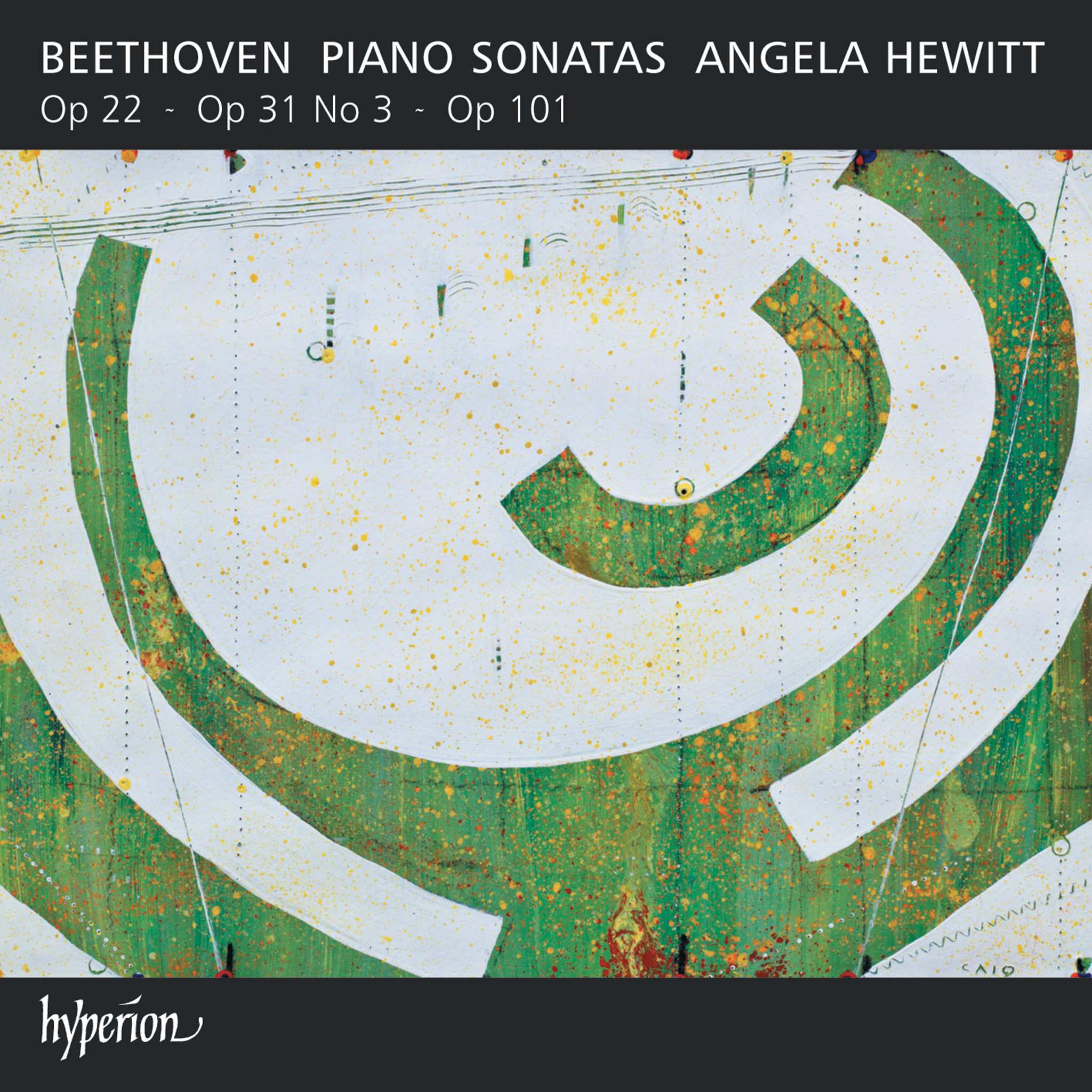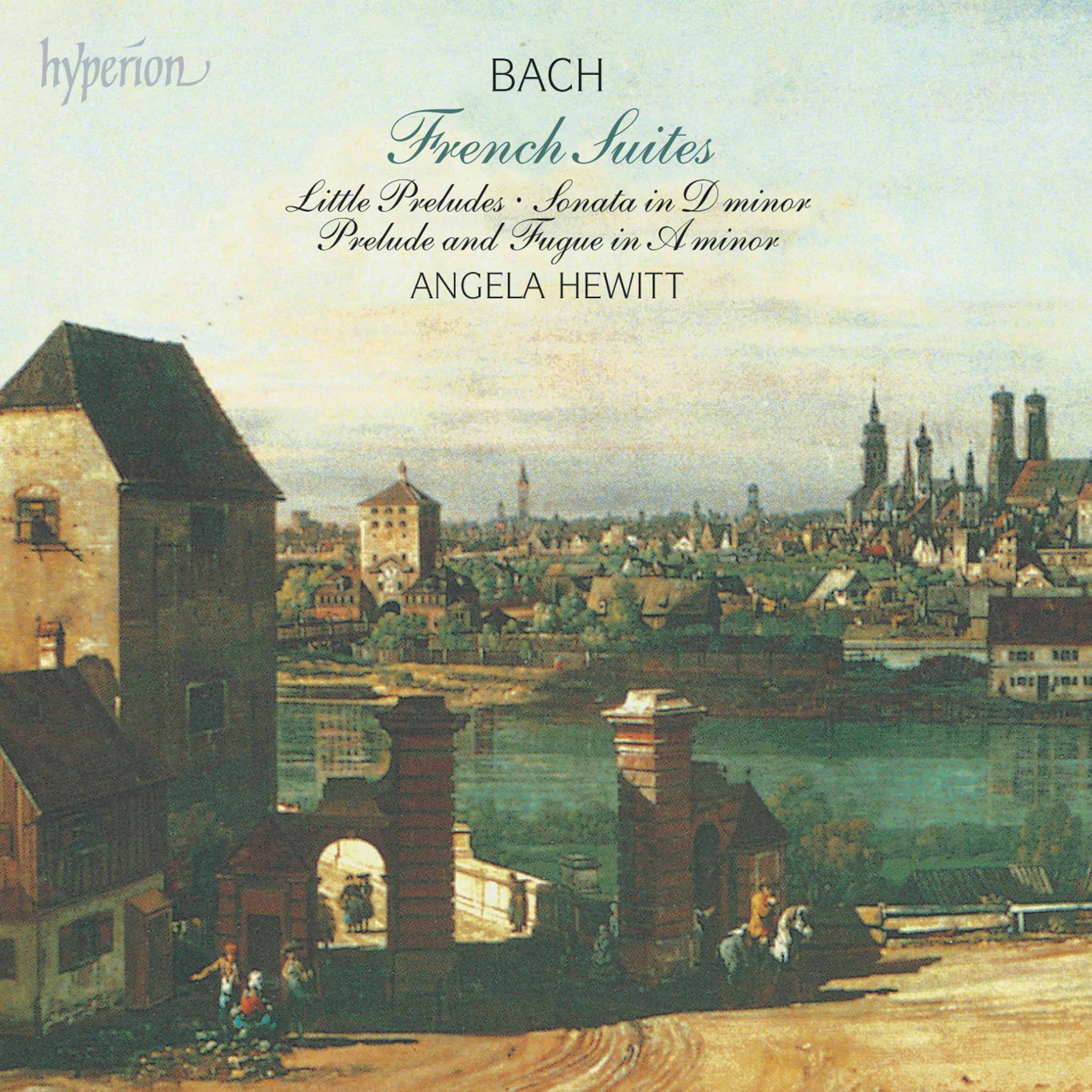Album insights
Renowned composer Vaughan Williams once stated that "the aim of art is to reach absolute truth through the medium of beauty." Few contemporary composers exemplify Vaughan Williams' dictum more than Morten Lauridsen. Lauridsen's music, resonant, beautiful, and carefully crafted, delves into uncharted territories of emotion and contemplation. His thoughtful and meticulous approach has led him to create a series of vocal and choral works that enrich both listeners and performers, expressing thoughts "too deep for tears" (Wordsworth). Lauridsen's music transcends etiquette, avoiding specific jargon while radiating penetrating sincerity, a departure from modern or postmodern trends.
Primarily a composer for the voice, Lauridsen places utmost importance on crafting beautiful melodic lines, ensuring each voice is graceful and lyrical—a process he describes as singing everything he composes. Immersed in choral and Renaissance music, Lauridsen's compositions assimilate these influences into a unique tonal language born of a profound love for poetry found in classical art songs and American musical theater. His passion for poetry echoes alongside his music creation.
Lux aeterna, a monumental work for choir and orchestra, took shape in 1995 after much contemplation by Lauridsen. The composition acquired added significance as he mourned his mother's passing during its inception. Composed for conductor Paul Salamunovich and the Los Angeles Master Chorale, Lux aeterna debuted on April 13, 1997, receiving widespread acclaim and subsequently performed by numerous choirs. Unlike Fauré’s Requiem, Lux aeterna conveys warmth and solace, expressing hope, comfort, faith, and enlightenment in various forms through sacred texts emphasizing celestial light.
Featuring five movements without breaks, Lux aeterna unfolds as an extended motet, where each new text elicits a musical response. Intricate layers of complex counterpoint, including canons and double canons, interweave to create a sonorous representation of heavenly light. Lauridsen manipulates a recurring chord—a D major triad with an added note, E—that symbolizes radiance throughout the piece, harmoniously uniting and shifting musical colors akin to Palestrina and Victoria's techniques.
The arc of Lux aeterna comprises various shifts in musical tonality, portraying contrasting moods and emotions. Lauridsen's Madrigali: Six "Fire Songs" on Italian Renaissance Poems further explores a realm distinct from Lux aeterna, delving into themes of darkness, yearning, and sometimes profound despair. Inspired by Monteverdi and Gesualdo, the Madrigali incorporate modal writing, harmonic juxtapositions, melodic word painting, and intricate counterpoint, capturing the symbolic essence of flames, fire, and burning desire from Italian love poetry.
Three Latin motets by Lauridsen, existing in a sacred sphere contrasting the intensity of the Madrigali, orbit around the monumental masterpiece Lux aeterna. Notably, Lauridsen's Ave Maria reimagines the Marian Antiphon masterfully, showcasing rich polyphonic textures reminiscent of Gabrielis' works and Brahms' choral compositions. Each motet, including Ubi caritas et amor and O magnum mysterium, illustrates Lauridsen's finesse and tenderness, unveiling reverence towards divine grace, quiet inner joy, and profound mystical wonder.






